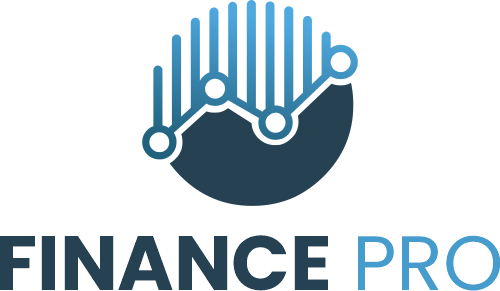Executive summary
Today’s adolescents (defined here as persons aged 10–19 years) face serious challenges in a rapidly shifting world. These range from the effect of population changes and age distribution, the impact of climate change on mental health and well-being, the learning crisis and the persistent inequality, violence and neglect of human rights experienced, especially by women.
The world urgently needs a new investment programme to improve the well-being of adolescents. The cost of inaction is too high. This investment must cover all five domains of adolescent well-being: health, connectedness, safety, learning and employability, and agency and resilience, and the linkages between them. Investment must underpin a global programme carried out at the local level with initiatives tailored to the realities of individual countries and involving the young people themselves, allowing them to express their specific needs.
Transformative investment in three key platforms or systems is necessary: universal health coverage (UHC), including primary health care (PHC); enhanced schools that focus on learning, health, nutrition and student well-being; and support systems based in local communities. These platforms are not only key points for programme delivery but are essential to ensuring that all adolescents are covered and that the complex linkages involved are fully realized.
The purpose of this report is to present the case for this much-needed investment in supporting adolescent well-being across the globe. By investment we mean a planned programme of spending on interventions known to be effective in increasing adolescent well-being in all its facets. To this end, an extensive review of the literature focused on intervention evaluations has been conducted and new modelling work has been completed.
As is evident throughout this report, the economic and social returns from a wide range of investments to address adolescent well-being are high. Such investments will reduce inequalities and help to protect the human rights of adolescents. They have never been more timely, given the current state of the global demographic and epidemiological transitions and the fact that there is now a substantial body of evidence that shows selected interventions for this age group can be highly effective. Finally, investing in adolescents and their well-being strengthens the human capital of a country, and hence the country’s potential for future development and for ending extreme poverty and creating more inclusive societies.
With many affected countries already highly indebted, large-scale support from the international community will be necessary for these investments to be undertaken on the required scale. At the same time, locally tailored interventions taking account of specific needs and local knowledge and expertise about effective programmes will be crucial.
The modelling presented in this report was for interventions introduced and progressively scaled up over the period 2024 to 2035. Where the interventions were extended in time, they were held at the 2035 level through to 2050. The key quantitative measure used for the investment case is the benefit-cost ratio (BCR). This is the ratio of the value of benefits to the cost of the investments necessary to achieve those benefits. For a wide range of investments analysed here, the BCRs are 10 or above, with much higher values in many cases. An investment in which the benefits are 10 times the cost is a very strong one indeed.
It is not possible to estimate BCRs for some areas (for example, connectedness, agency and interpersonal violence [IPV]) because the underlying empirical work is not available. This does not deny their importance to adolescent well-being but rather challenges researchers to strengthen their knowledge. The coverage of the BCR results within this report reflects the availability of studies in the literature.
Within the need for an extensive programme of investment to build the universal platforms, based on BCR studies and other evidence assembled here, we identified six priority areas:
- malnutrition: hunger and undernutrition, micronutrient deficiencies and overweight/obesity;
- mental health: both prevention and treatment;
- learning, skills and employment;
- the position of women, including reductions in child marriage and in unplanned pregnancies;
- the prevention of violence and injury; and
- the preparation of adolescents to cope with emerging realities.
Although a return of at least US$ 10 dollars for every US$ 1 spent is excellent, the cost of the full suite of investments described here are high. Total costs to span until 2035 are estimated to approach US$ 2.8 trillion, or an average of about US$ 230 billion per annum over the 12-year period of 2024 to 2035 in present value terms. This amounts to about 0.25% of the average projected global gross domestic product (GDP) over the period.
Large-scale and immediate investment to increase the capabilities and well-being of adolescents is now of critical importance. This investment will empower young people to meet the challenges before them and to thrive in the decades ahead. The cost of inaction will be very high. We estimate that the average annual cost of inaction (the benefits foregone) over the period 2024–2050 for areas and countries studied in this report, is US$ 4.1 trillion. This amounts to an average of 7.7% per annum of the projected total GDP of the emerging market and developing economies, over this 27 year period. As this report demonstrates, the returns on these investments – the returns to action – are also high, both in terms of BCRs and in terms of fulfilling human rights and reducing inequalities around the world. The time for action is now.

